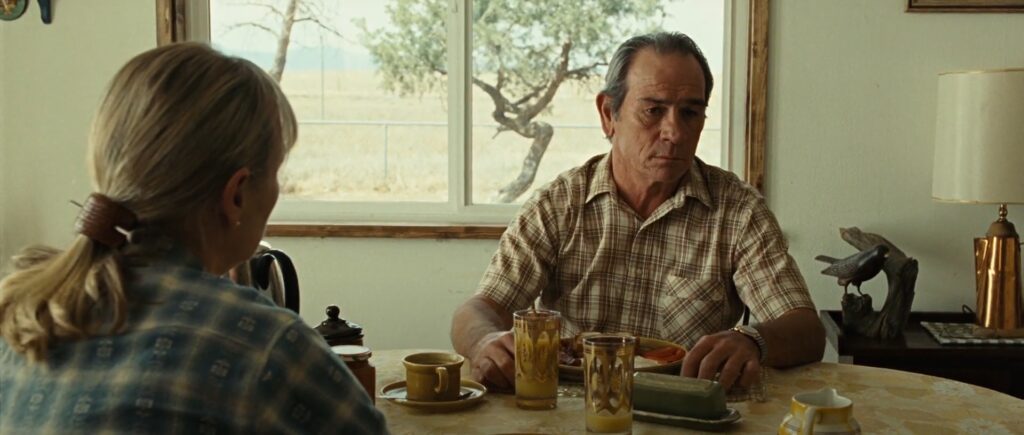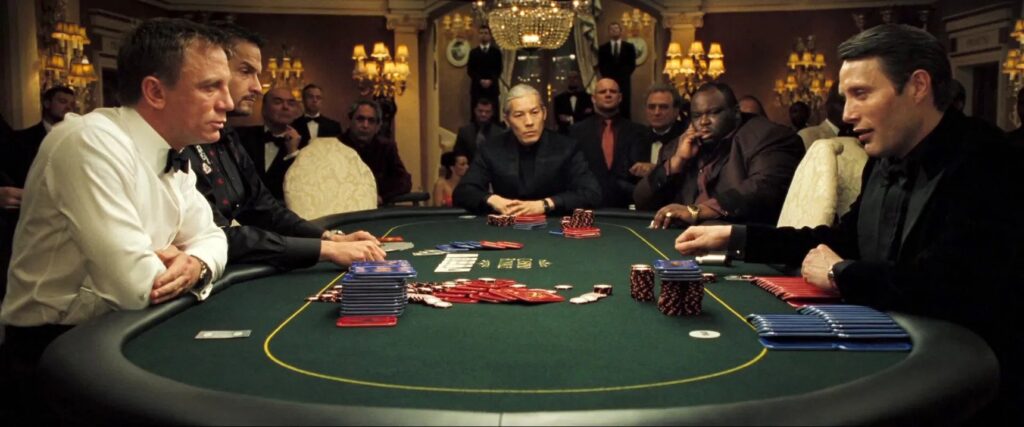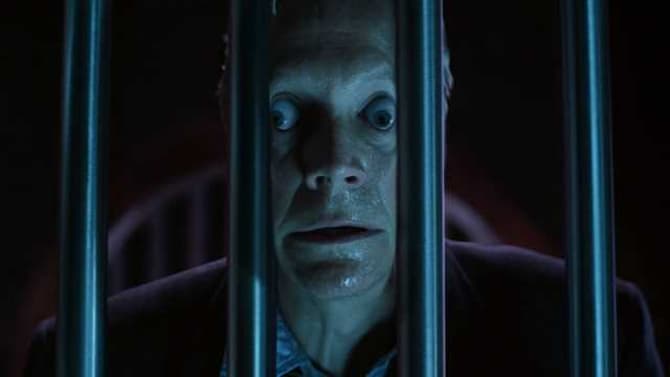I watched No Country for Old Men
So I’m pretty sure No Country for Old Men is like, a film film about which lots has already been said. In which case it would be cliché for me to even start to talk about it.
Except that I haven’t read all of that stuff that’s already been written about it. It might at least be neat if I accidentally find something new to say. It also would be neat to say something that’s already been said, in like an independent invention sort of way.
- I’m familiar with Yeats’ poem, in passing. It’s of the same genre as “Ode to the West Wind,” right? That “I’m old but will live forever through my work” thing? Both poets worried the same way, which isn’t surprising to me, but it does surprise me a little that they came to the same answer. Both decided that enough of themselves exist in their art to stave off fears about mortality. Which is a really specific worldview, a really specific eschatology, when you think about it. Especially when No Country for Old Men seems to come to a really different answer, that when times change anything still tied to that previous time is obliviated.
- My favorite genre of movie is “people with interesting accents saying lots of things.” (The Banshees of Inishiren got me head over heels.) Because that describes most westerns, I guess my favorite genre is the western. (I actually love the western for lots of other reasons, too.) Anyway, every scene with Tommy Lee Jones and Gary Dillahunt hooked me. I can’t explain why exactly I get so smitten over that stuff, but for one thing it enforces the reality of the world. No surer sign that the characters are speaking to each other, not to the viewer, than being unable to understand them often. Also, it’s a well-deserved middle finger to accent discrimination. Folks with accents that fall outside of the journalistic or academic subset of “intelligent” accents deserve excellent writing, too.
- Another genre I love that describes No Country for Old Men: the slasher. Show me two differences between Anton Chigurh and Ghostface and tell you, “Yes Anton did have much better writing, now please return that mask to the Spirit Halloween you got it from.”
- The ending made me punch the air. Tommy Lee Jones deserves more than he got for that performance.
- The beginning also confused me — in a good way, like a “made me think about what I was watching” way — and I kept going back to Moss’s decision to return with water for the dying man as the whole theme of the movie in miniature. As in, I think if the movie was just those 10 minutes, you would’ve had a short film with the same basic message as the whole movie. Great setup.


